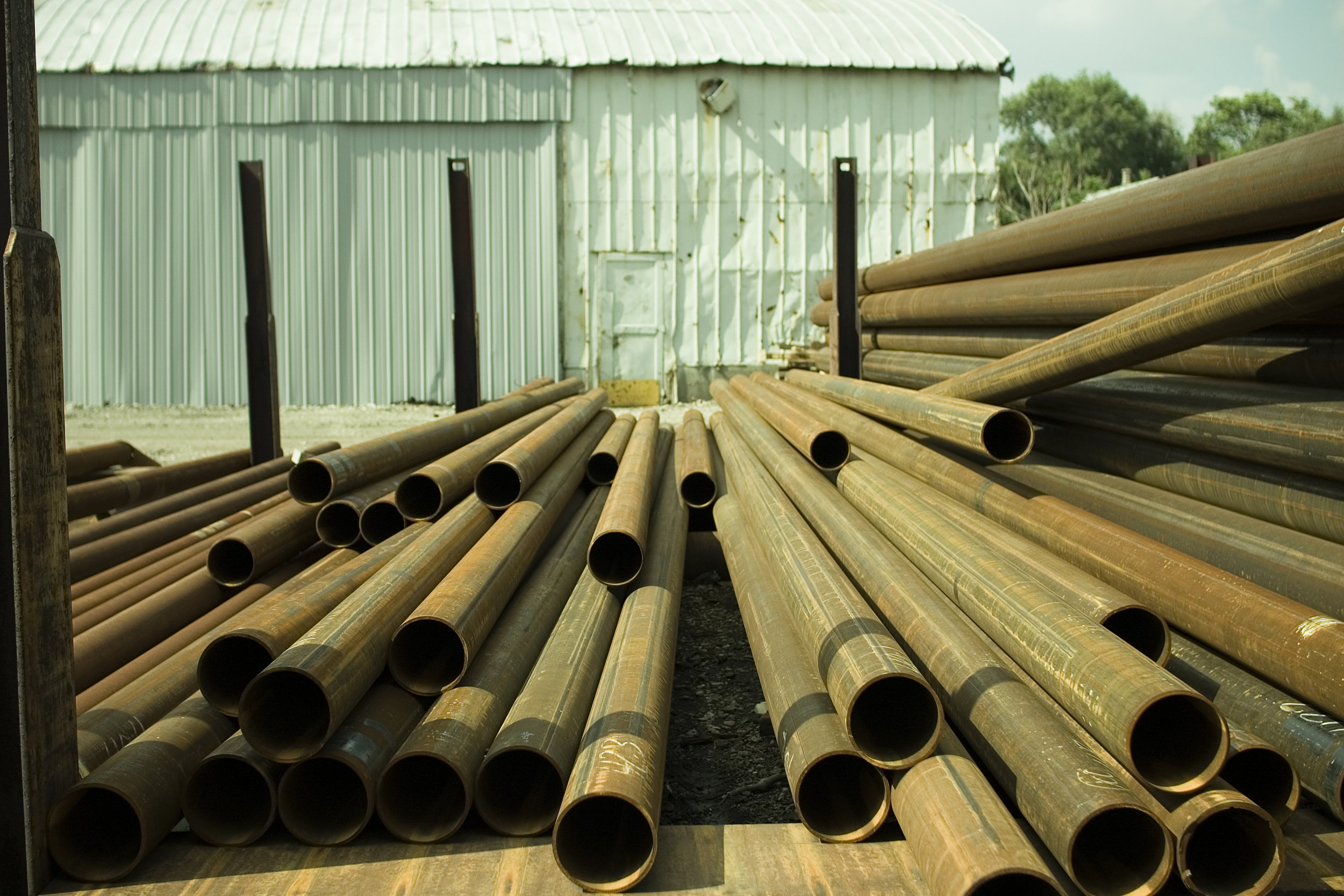Trenchless technology is still relatively new, and even after a successful installation, many customers worry about how to keep their newly lined pipes intact. The answer is a lot simpler than you may imagine. With some basic maintenance, attention to blockages, and regular inspections, you’ll be able to enjoy your CIPP installation for many years to come.
Pay Attention to What Goes Down Your Pipes
A lot of good CIPP maintenance has to do with daily habits. What, exactly, goes down your pipes? Is it an industrial waste tube, or is it a sewer line? It’s always important to note what goes down a pipe. If the line is closed, and only a particular waste product leaves through it, then it should require little vigilance to maintain. However, if employees or visitors can send things down a pipe, you need to use more caution. Unfortunately, many people put items in toilets, sinks, and other drains that should go into solid waste receptacles. Any blockages will necessitate the use of harsh drain cleaners, which usually contain high volumes of acids and other corrosive materials. These don’t disappear when they hit the blockage, but continue down the full length of the pipe. It will further jeopardize any weak areas in the preexisting line, and it will begin deteriorating the CIPP materials, too.
Pay Attention to What Leaves Your Pipes
If you have used trenchless technology to fix incoming pipelines, especially water lines, pay attention to what leaves your pipes. The actual CIPP materials will probably outlast any untreated sections of the original pipe. If that preexisting pipe has already needed repairs once, however, it may need them again. Look for any debris in your water, and make sure to have your water quality tested regularly. It doesn’t matter whether or not the water is potable.
CIPP Inspection
The best way to make sure your relined pipes serve you for many years into the future is to invest in a regular CIPP inspection. When technicians first begin the CIPP process, they use closed circuit video feeds to analyze the condition of your pipes. Trenchless technology demands technicians be experts in this, and they are among the most reliable inspectors. A regular CIPP inspection can catch weaknesses before they become problems and give you peace of mind. This process can prevent major malfunctions and property damage. It’s also a smart way to prevent unexpected interruptions in your production schedule.
The best way to prevent major problems is to invest in regular inspections. Basic drain maintenance, water tests, and attention to water content will also keep you ahead of pipe damage and aging liners. None of these steps are extremely costly or time consuming. Employee education and friendly stall reminders will do a lot to prevent the need for corrosive drain cleaners. A thorough CIPP inspection will take care of the rest. Keeping your installation intact is easy and rewarding. Trenchless technology isn’t just an easier way to replace and repair pipes, it’s also the easiest way to maintain them.
